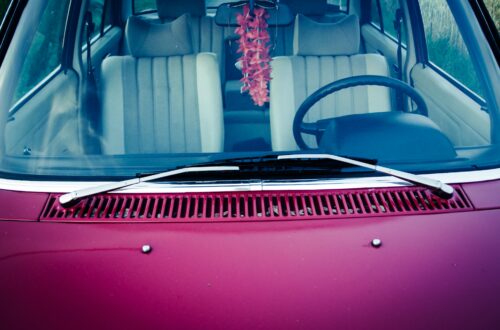
When Is a Windshield Crack Too Big to Repair?
A cracked windshield can be both a nuisance and a safety concern, and knowing when a crack is too big to repair is crucial for vehicle owners. While minor damage may be repairable, there are specific guidelines for when replacement is necessary. Here, we’ll explore the factors determining when a windshield crack is too big to fix and the reasons behind those guidelines.
Size of the Crack
A primary factor determining whether a crack can be repaired is its size. Most auto glass repair technicians follow a general rule: cracks over 6 inches are typically too large for repair. A standard guideline is that it may be fixable if the crack is smaller than a dollar bill (about 6 inches long). Anything more significant often requires replacement because it compromises the integrity of the glass.
However, it’s important to note that not all 6 inches or less cracks are guaranteed to be repairable. Even more minor cracks can grow or worsen over time, especially when exposed to temperature changes, moisture, or road vibrations. This is why it’s best to address cracks promptly, regardless of size.
Location of the Crack
The position of the crack on the windshield also plays a significant role in determining if repair is possible. Cracks located near the edges of the windscreen are generally more problematic. These areas experience more stress during vehicle operation, which increases the likelihood of the crack spreading. A crack on the edge of the windshield can also weaken the entire glass structure, making it prone to further damage and increasing the risk of the windshield shattering.
Even if small, cracks in the driver’s line of sight are typically considered irreparable. This is because windshield repair can leave behind a slight distortion or blemish, which may interfere with the driver’s visibility and create a potential hazard. In these cases, replacement is the safer option.
Depth of the Crack
Windshields comprise two layers of glass with a plastic interlayer between them. When evaluating a crack, technicians assess whether the damage has penetrated through just the outer layer or both layers of glass. If the crack has reached the inner layer, repair is generally not recommended, as it compromises the windshield’s structural integrity. Cracks that penetrate deeply are more challenging to fix and may also pose a higher risk of shattering in the event of an accident.
Type of Damage
Not all windshield damage is the same. Some types of cracks are more accessible to repair than others. For example, small chips or “bullseye” cracks that are contained and have not spread are often repairable. However, long, horizontal cracks or “spiderwebs” that radiate in multiple directions are more challenging to fix. If the crack shows signs of branching out or spreading, it’s likely too severe to repair and should be replaced.
Local Regulations and Safety Standards
Many states and regions have specific laws regarding windshield damage and when repairs are permissible. These regulations often take into account safety standards and visibility. For example, some states mandate replacement if a crack obstructs the driver’s vision or exceeds a certain length. Be sure to check your local laws, as they may influence whether a crack can be repaired or must be replaced.
Contact Us
A small crack in your windshield may seem like a minor issue, but it can quickly become a bigger problem if left unattended. To determine whether a crack is too big to fix, consider its size, location, depth, and type of damage. In most cases, cracks longer than 6 inches, those near the edges, or those that penetrate both layers of glass are too large to repair and require windshield replacement. For your safety and that of your passengers, it’s always best to consult a professional when you notice any damage to your windshield.
Get a windshield replacement quote by clicking here!




